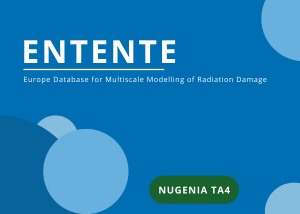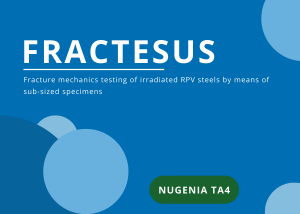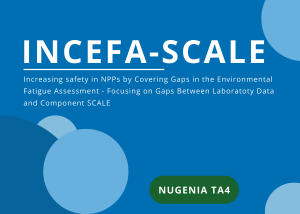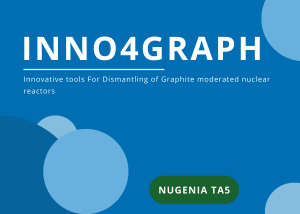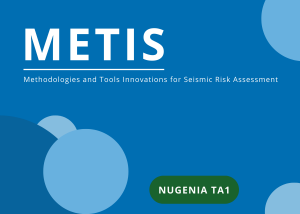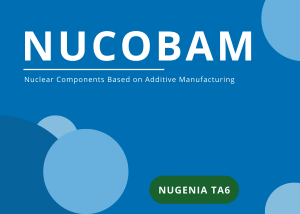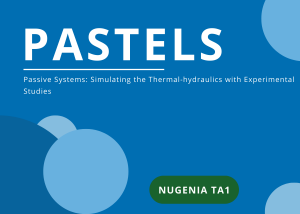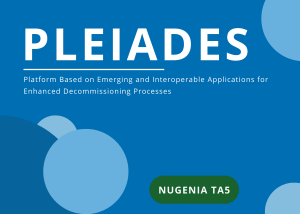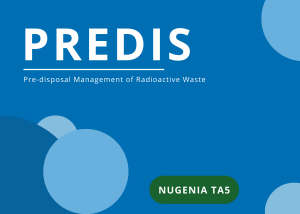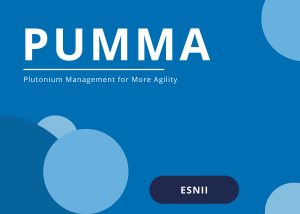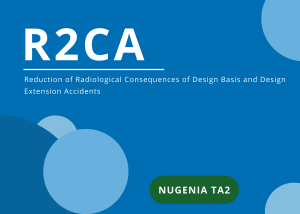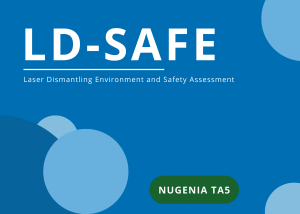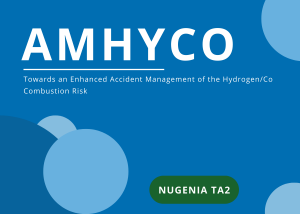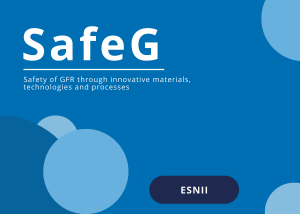Project Portfolio
Search within our projects by using the filters below. To access finished projects please click here.
The overarching objective of the European Database for Multiscale Modelling of Radiation Damage (ENTENTE) project is to capitalise on past projects and expert groups beyond national borders.
The goal of this project is to join European and international efforts to establish the foundation of small specimen fracture toughness validation and demonstration to achieve change in code and standards allowing to address the various national regulatory authority concerns.
The objective is to continue work, advancing ability to predict lifetimes of Nuclear Plant components when subjected to Environmental Assisted Fatigue loading.
INNO4GRAPH aims to develop a set of physical and digital tools and methods to be used in two different phases of European graphite reactor dismantling projects.
METIS addresses the 3 ingredients of seismic safety assessment in an overall approach: seismic hazard; structural and equipment fragility analyses; integration in the full PSA framework to determine plant failure probabilities and comparison to pertinent safety criteria.
NUCOBAM will develop the qualification process and provide the evaluation of the in-service behaviour allowing the use of additively manufactured (AM) components in a nuclear installation.
The overall objective of PASTELS is to improve the ability of European nuclear actors to design and deliver innovative passive safety systems and simulate their behaviour to support the safety demonstration.
The PLEIADES project aims at demonstrating a digitally enhanced approach for a set of key decommissioning and dismantling (D&D) tasks in real life examples from selected projects in Europe.
Among others, PREDIS objectives are to develop solutions, methods, processes, technologies and demonstrators, for future treatment and conditioning of waste for which no or inadequate solutions are currently available.
The PUMMA project will define different options for Pu management in Generation-IV systems and evaluate the impact on the whole fuel cycle in addition to safety and performance aspects.
The project mainly aims at consolidating assessments of the radiological consequences (RC) of explicit DBA and DEC-A reactor accidental situations through updated calculation schemes and harmonized methodologies from which some rationales for EP&R action optimisation will be derived.
Validate the laser cutting technology for the dismantling of the most challenging components of power nuclear reactors in air and underwater. Demonstrate that the in-air and underwater laser cutting technologies are a relevant alternative to the conventional techniques used for the segmentation of the power nuclear reactors internals (RVI) and pressure vessels (RPV).
The main objective of AMHYCO is to propose innovative enhancements on the way combustible gases are managed in case of a severe accident in EU Gen II/III reactors in operation.
The global objective of the SafeG project is to further develop the GFR technology and strengthen its safety. The project shall support the development of nuclear low-CO2 electricity and industrial process heat generation technology.

